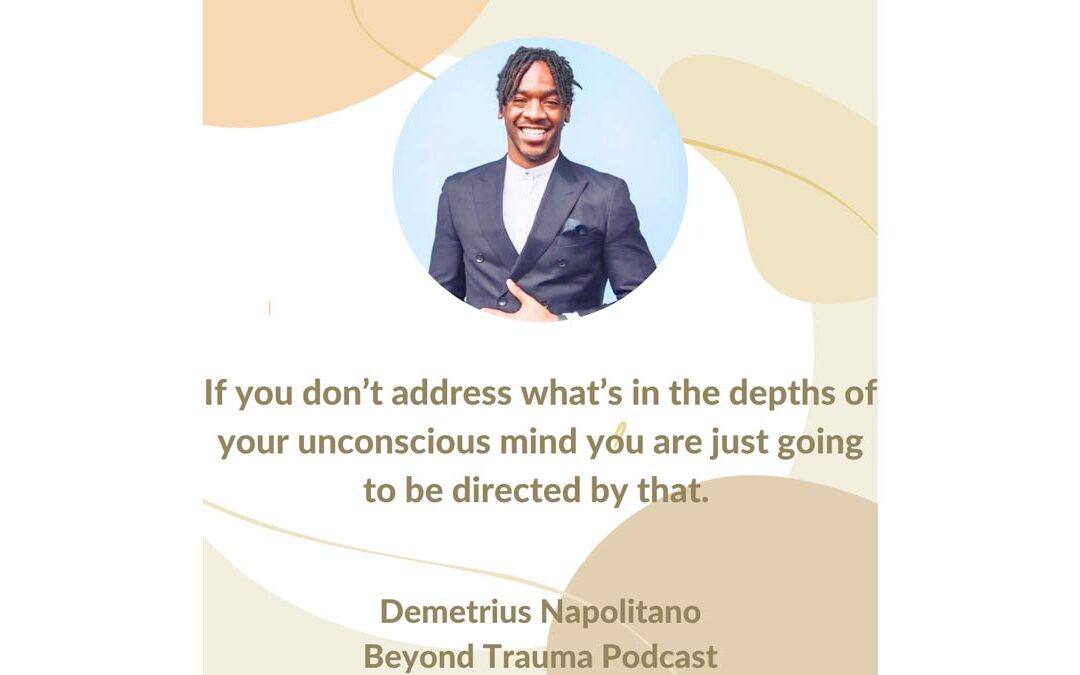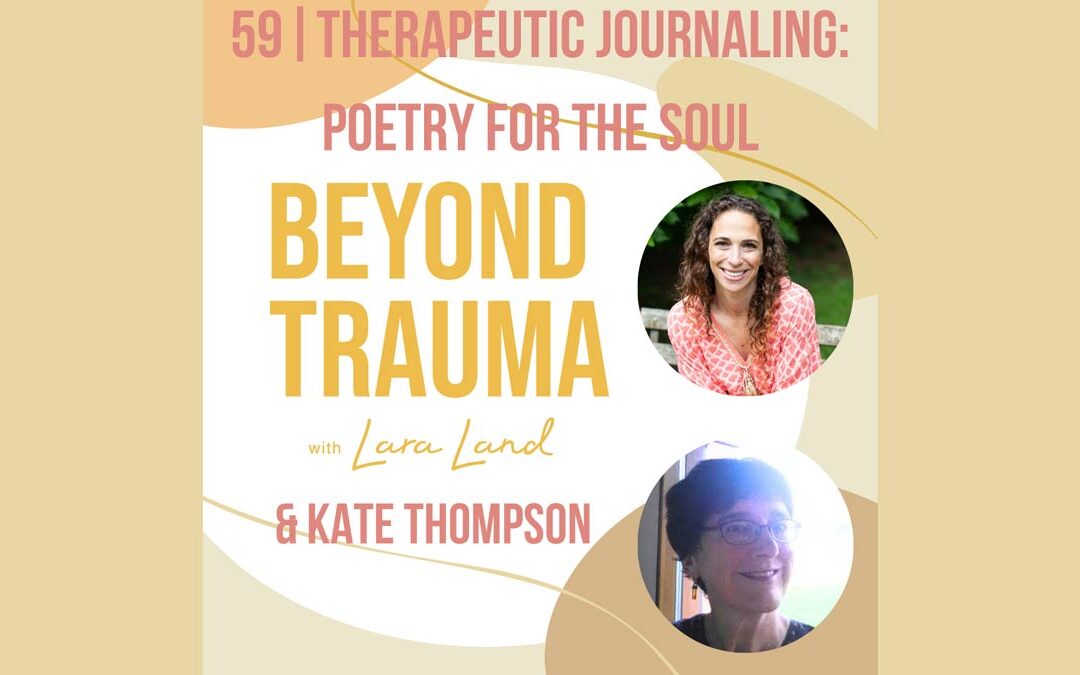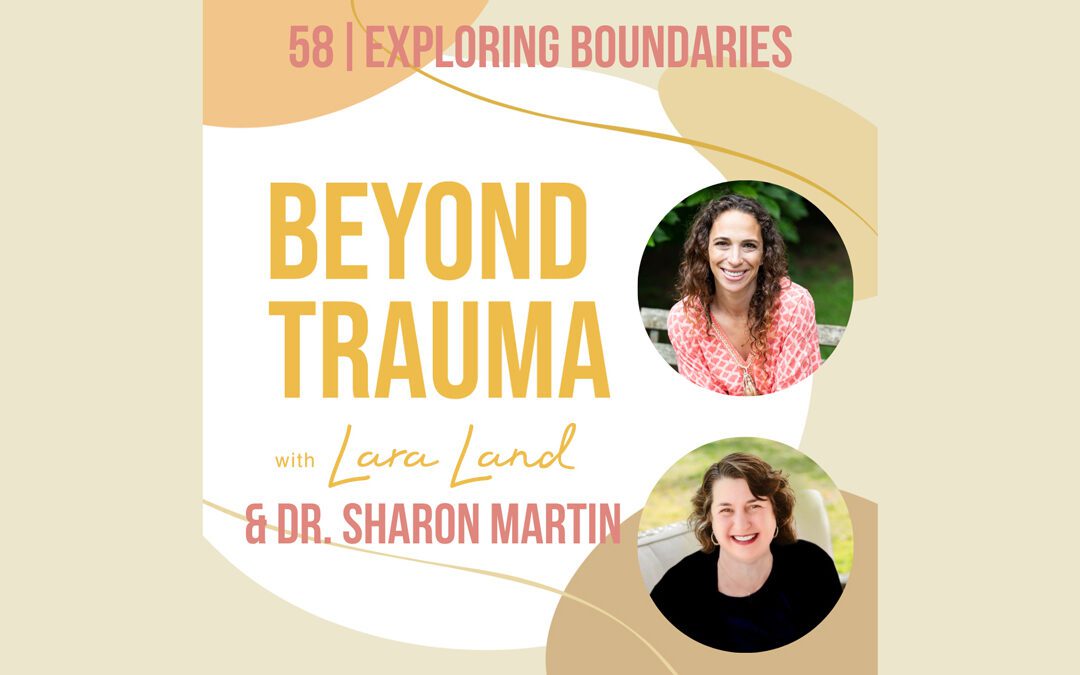
Mentorship and Training for Trauma Sensitive Yoga
Trauma-Sensitive Yoga: A Path to Healing
Our trauma-sensitive yoga training is grounded in the understanding that trauma impacts the mind and body. Traditional yoga practices can sometimes unintentionally trigger trauma survivors, which is why our program focuses on creating a safe, supportive environment. We emphasize sensitivity, empathy, and adaptability in teaching methods, ensuring that every yoga session promotes healing and empowerment.
Unique Mentorship Opportunities
One of the standout features of our program is the unique mentorship opportunities we offer. We recognize that the journey to becoming a trauma-sensitive yoga teacher doesn’t end with certification; it requires continuous support, guidance, and growth. Our mentorship program pairs trainees with experienced trauma-sensitive yoga instructors who provide personalized guidance, feedback, and support.
Key aspects of our mentorship program include:
- One-on-One Support: Trainees receive individualized attention, helping them to refine their teaching skills and deepen their understanding of trauma-sensitive practices.
- Ongoing Education: Mentors provide resources, insights, and additional training opportunities to ensure that our graduates stay informed about the latest research and best practices in trauma-sensitive yoga.
- Community Building: The mentorship program fosters a sense of community and connection among trainees, mentors, and graduates, creating a supportive network for sharing experiences, challenges, and successes.
Spotlight on Graduate Success: Demetrius Napolitano and Fostering Meditation
We are incredibly proud of our graduates, who go on to make meaningful contributions to their communities. One such inspiring individual is Demetrius Napolitano, a graduate of our Trauma-Sensitive Yoga Teacher Training program. Demetrius has taken his passion for healing and mindfulness and channeled it into his organization, Fostering Meditation.
About Fostering Meditation:
Fostering Meditation is dedicated to providing meditation and mindfulness practices to foster youth. Understanding the unique challenges faced by children in the foster care system, Demetrius has created programs that offer a safe space for these young individuals to explore meditation, yoga, and mindfulness techniques. His work is a testament to the power of trauma-sensitive practices in fostering resilience, emotional regulation, and self-awareness.
Key Initiatives of Fostering Meditation:
- Meditation Workshops: Regular workshops that introduce foster youth to meditation techniques, helping them develop tools for managing stress and anxiety.
- Yoga Classes: Trauma-sensitive yoga classes that provide a supportive environment for physical and emotional healing.
- Mindfulness Programs: Ongoing programs that integrate mindfulness practices into daily routines, promoting long-term well-being.
Demetrius’s dedication and impact through Fostering Meditation exemplify the potential of trauma-sensitive yoga to transform lives. His work serves as an inspiration to all our trainees and graduates, highlighting the ripple effect of compassion, healing, and empowerment. Listen to Demetrius’s story on the latest episode of Beyond Trauma.
Join Us in Making a Difference
At Three and a Half Acres Yoga, we are committed to training compassionate, skilled yoga instructors who can bring the healing power of yoga to those who need it most. Whether you’re a yoga teacher looking to specialize in trauma-sensitive practices or someone passionate about supporting trauma survivors, our program offers the education, mentorship, and community you need to make a meaningful impact.
Explore our Trauma-Sensitive Yoga Teacher Training program and become part of a movement dedicated to healing, empowerment, and transformation. Together, we can create a more compassionate and resilient world, one breath at a time.






Recent Comments